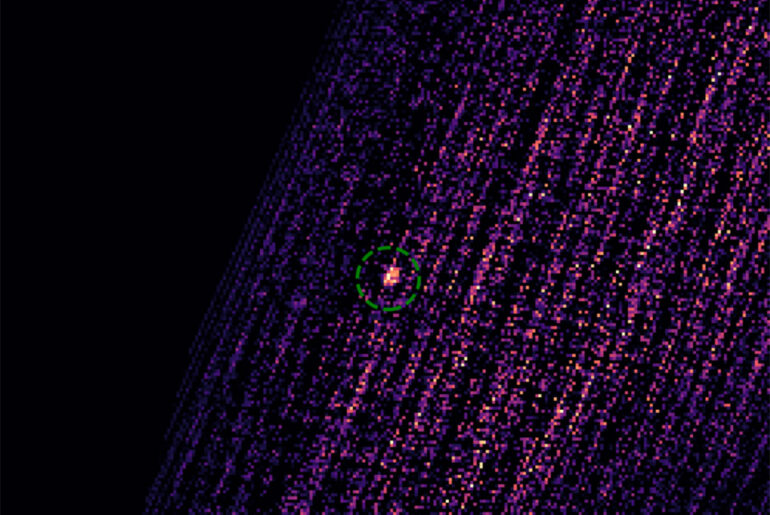
Students and researchers working on a NASA mission orbiting a near-Earth asteroid have made an unexpected observation of a phenomenon 30 thousand light years away. That’s right, the student-built Regolith X-Ray Imaging Spectrometer (REXIS) onboard NASA’s OSIRIS-REx spacecraft detected a newly flaring black hole in the constellation Columba while making observations off the limb of asteroid Bennu.
REXIS is essentially a shoebox-sized student instrument that was designed to measure the X-rays Bennu emits in response to incoming solar radiation. X-rays are a form of electromagnetic radiation, similar to visible light, but with much more energy. X-ray blasts, similar to the one emitted from the newly discovered black hole, can only be observed from space since Earth’s protective atmosphere shields our planet from X-rays.
- BRIGHT, SHARP VIEWS ANYWHERE: Unlike many beginner telescopes, this quality refractor features fully coated glass lenses and a 70mm aperture for...
- PERFECT FIRST TELESCOPE FOR BEGINNERS: Designed for adults and kids to enjoy together, this beginner-friendly telescope sets up in minutes and...
- EASY NO-TOOL SETUP: No complicated assembly or tools needed. The full-height tripod and telescope tube set up in seconds and pack neatly into the...
Detecting this X-ray burst is a proud moment for the REXIS team. It means our instrument is performing as expected and to the level required of NASA science instruments,” said Madeline Lambert, an MIT graduate student who designed the instrument’s command sequences that serendipitously revealed the black hole.




